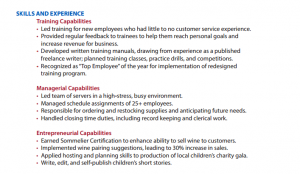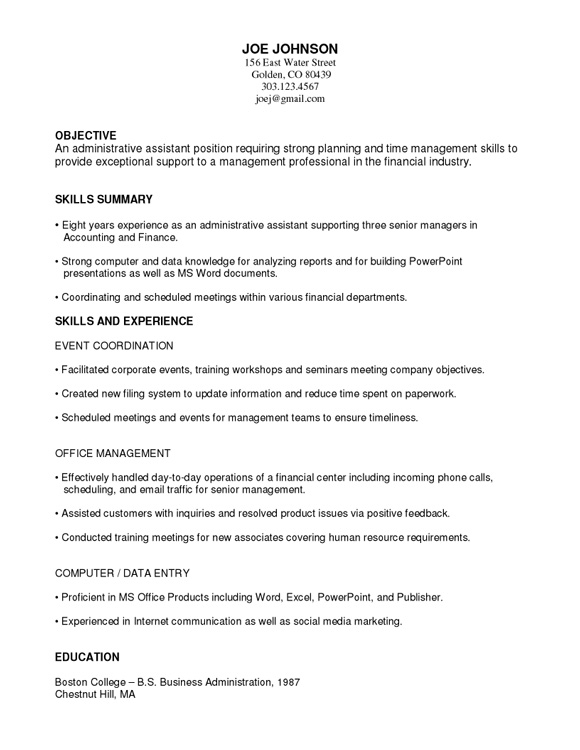In a previous article, we enumerated three (3) of the most commonly used resume formats/templates; namely: the Chronological (Reverse Chronological), Functional, and the Combined. We summarized all and fit it into one write-up and of course, that left you wondering how they can be made in detail. In this article, we are going to focus on one which you can use in a lot of instances, jobs, and career paths, whatsoever. In this article, we are going to delve deeper on what and how a functional resume is for.
What is a Functional Resume?
Based on what it’s called, a functional resume is a format that showcases your skills and work history and to make them the emphasis in your Curriculum Vitae (CV). “The idea is to group your skills together under themes, rather than present a chronological work history. Coupled with a good cover-letter narrative, it can help you get interviews that you otherwise would have been passed over for,” said Mary Ellen Slayter who is a career expert from Monster.com.
Why does a Functional Resume work? And how?
Just like the other types of formats, the functional resume also has things that others don’t. It has a certain specificity which allows employers to notice what you want them to notice firsthand. A functional resume will help you sell yourself based on what you have learned throughout your entire career.
Read: Types of Resumé format
By having this type of format, readers and employers will have a better time looking at your showcased skills and what you can offer to their company. Some employers have a hard time trying to assess you based on your history. A functional resume however, defies this because you list your skills, talents, and try to incorporate them in little/short stories on how they have been of big help throughout your career.
Writing a Functional resume
Regardless of the position you are applying for and how you plan on presenting it, there are two main questions your resume should answer: Can the hiring manager work with you in terms of what you can do for them and Can you generally handle or do the job?
Here is one example of how your skills should look like if you are to utilize a functional resume:

Taken from http://www.expresspros.com/Newsroom/America-Employed/Documents/EEP-NR_RW-Functional-Resume.aspx
As you can see, the skills are the ones highlighted in the entire resume. I’ll attach a sample photo of one concrete resume that uses functional format for you to notice how it was made.
In this example, it is grouped in three different types and fields:
- Training Capabilities
- Managerial Capabilities and;
- Entrepreneurial Capabilities
These three main categories somewhat summarize the skills that you have. Under them are Specific examples on how you executed the main categories. Aside from this, you can have main categories like:
- Customer Service
- Sales Experience
- Leadership
- Microsoft Office (make sure you have intermediate – advanced skill if you are to put this)
- Marketing Experience
And so on. The categories will really depend on what field you are applying for.
As a matter of fact, listing down your skills on how you do your job is one point but your mindset on going on through projects (industry-related) give you two.
Why is that you may ask? Well, being skillful on how you do your job is good or even great if you will look at it but being proactive and creative on how to go through projects can be business-impacting in a positive way. Employers want to see how you cope and contribute in a company so this is how you can get them to say yes.

As you can see in the image above, where you worked and how long you have worked won’t matter if you plan on using the functional resume format. Your skills, business-related positive mindset, and how you plan on exerting those efforts in the company is what you are showcasing so those are the most important notes you should include and emphasize.
Read: Reverse Chronological Resume format: A deeper look
Using the functional format is good especially when you skipped jobs or when you do not have just one line of business/profession. This is great if you know that you can execute your showcased skills and talents in doing the job you signed up for. In your opinion, is the functional resume format the one for you?
Featured image from www.template.net